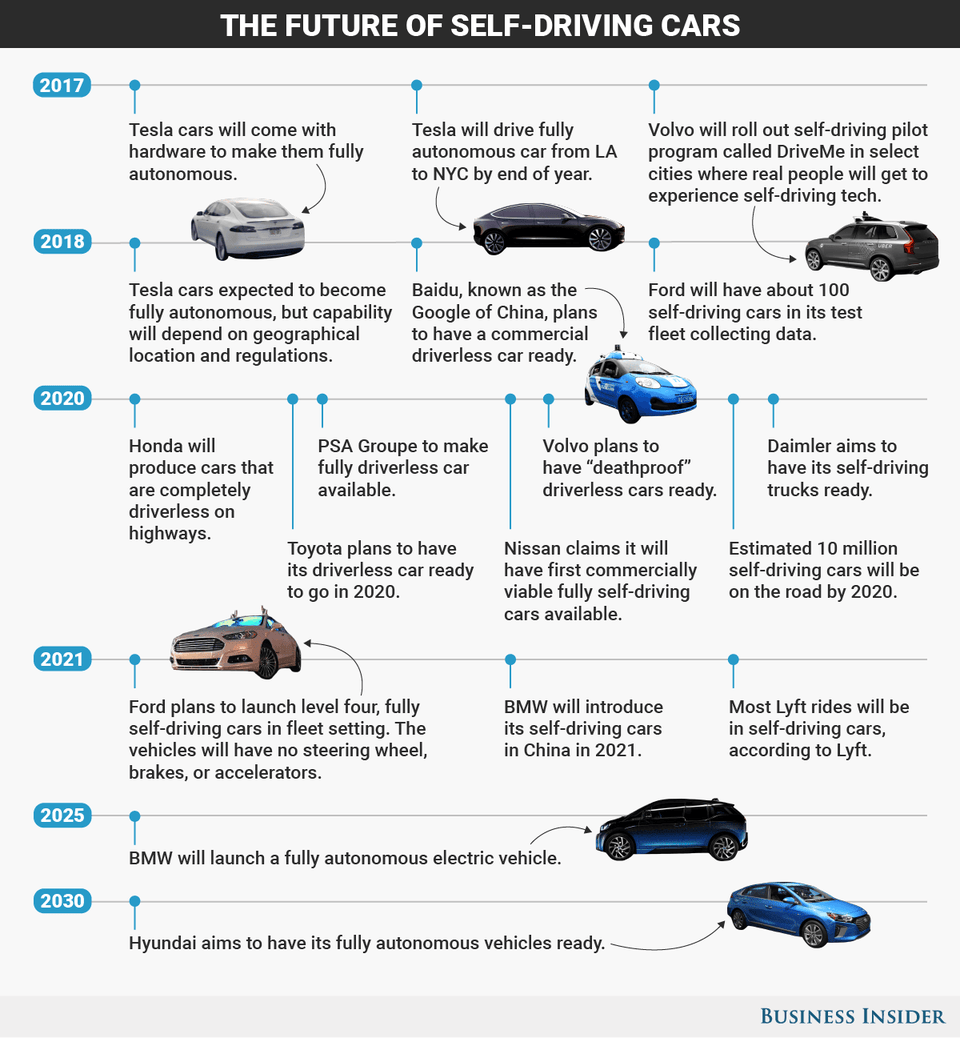Midpack
Give me a museum and I'll fill it. (Picasso) Give me a forum ...
Lots of interesting articles on the transition and eventually outlawing today's human driven vehicles, relegated to 'amusement parks.' Not projected in our lifetimes, but we may experience some impact.
https://www.yahoo.com/news/humans-still-drive-autonomous-future-172010996.html
https://www.yahoo.com/news/humans-still-drive-autonomous-future-172010996.html
As a result, I am absolutely convinced that human driving as we know it will be outlawed, beginning in major urban centers in the first world before spidering out across major arteries to form regional and national autonomous transportation networks linked with multi-modal nodes.
Eventually, the professional wasteland of racing/driving schools will meet Disneyland in the middle. Racetracks will become mechanical petting zoos and amusement parks, with attendees signing waivers before they risk their lives in quaint machines under semi-controlled circumstances. Imagine Ferrari World was the only place you could drive a Ferrari.
Last edited:


